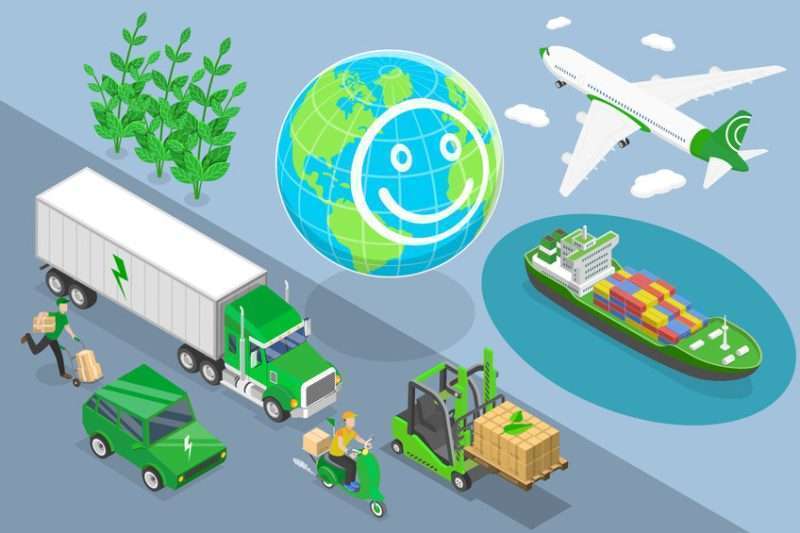Sourcing Sustainable Materials with Local Agents: A Strategic Guide for 2025
As global markets increasingly prioritize sustainability, businesses are turning to local agents to source eco-friendly materials. This approach not only reduces environmental impact but also fosters community engagement and supply chain resilience. In this guide, we’ll explore the benefits and strategies of sourcing sustainable materials through local agents, providing insights for businesses aiming to align with green practices.
Why Partner with Local Agents for Sustainable Sourcing?
1. Enhanced Transparency and Ethical Practices
Collaborating with local agents offers greater visibility into sourcing processes, ensuring materials are obtained ethically and sustainably. This transparency builds trust with consumers and stakeholders, reinforcing a brand’s commitment to responsible practices.
2. Reduced Carbon Footprint
Local sourcing minimizes transportation distances, leading to lower greenhouse gas emissions. By procuring materials closer to production sites, businesses can significantly cut down on their environmental impact.
3. Strengthened Community and Economic Development
Engaging local suppliers supports regional economies and fosters community development. This approach not only benefits local businesses but also enhances a company’s social responsibility profile.
4. Improved Supply Chain Resilience
Local agents provide quicker response times and adaptability to market changes. Their proximity allows for more agile supply chain management, reducing the risk of disruptions. 2050 Materials
Strategies for Effective Sustainable Sourcing with Local Agents
1. Define Clear Sustainability Criteria
Establish specific environmental and ethical standards for materials and suppliers. This clarity ensures alignment with sustainability goals and facilitates the selection of appropriate local partners.
2. Conduct Thorough Supplier Assessments
Evaluate potential local agents based on their sustainability practices, certifications, and compliance with environmental regulations. This due diligence helps in building reliable and responsible supply chains.
3. Foster Long-Term Partnerships
Developing enduring relationships with local agents encourages continuous improvement in sustainable practices and mutual growth. Long-term collaborations also enhance trust and operational efficiency.
4. Leverage Technology for Traceability
Implement digital tools to monitor and trace material sourcing, ensuring accountability and transparency throughout the supply chain. This technological integration supports data-driven decision-making and sustainability reporting.GSC Institute+4Architectural Digest+4Vogue Business+4
Case Studies: Successful Local Sustainable Sourcing
Gobi Cashmere
Based in Mongolia, Gobi Cashmere sources materials locally, allowing for control over quality and sustainability, and reducing environmental impact. This localized approach enhances supply chain traceability and supports regional economies. Vogue BusinessVogue Business
Peruvian Designers’ Sustainable Practices
Peruvian designers are leading a movement toward sustainable and ethical fashion by integrating traditional production methods and local materials. Brands like Sake focus on natural dyeing and collaborating with Indigenous communities, emphasizing sustainable practices and vertical integration. Vogue Business+1Vogue Business+1
Conclusion
Sourcing sustainable materials through local agents is a strategic approach that aligns environmental responsibility with business efficiency. By embracing local partnerships, companies can enhance transparency, reduce carbon footprints, and contribute to community development. As sustainability continues to shape consumer preferences and regulatory landscapes, integrating local sourcing into supply chain strategies will be pivotal for long-term success Cambodia-Agent.com.
Further Reading:
-
Sustainable Sourcing 101: Partnering Locally for Big Impact
-
How to Source Sustainable Materials for Your Products
-
What Is Local Sourcing and How Does It Impact The Environment?

